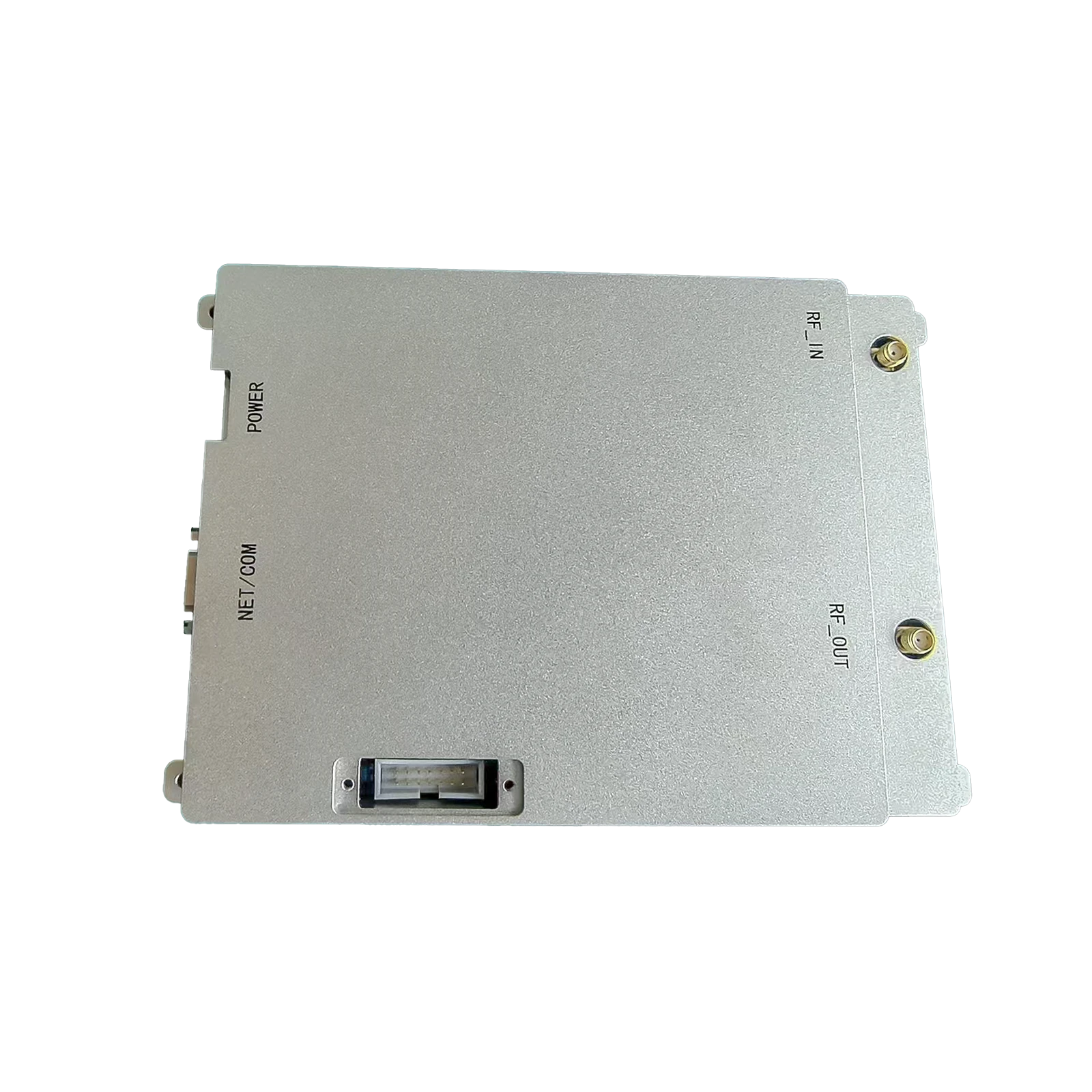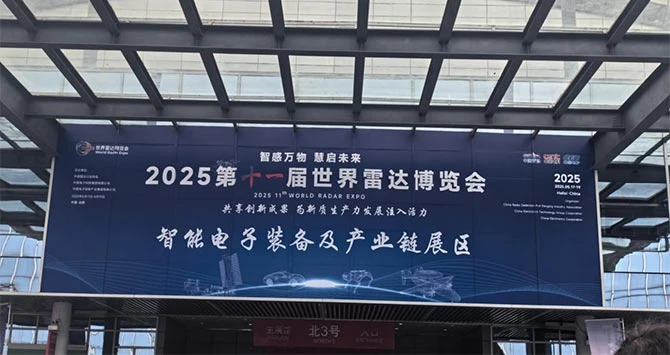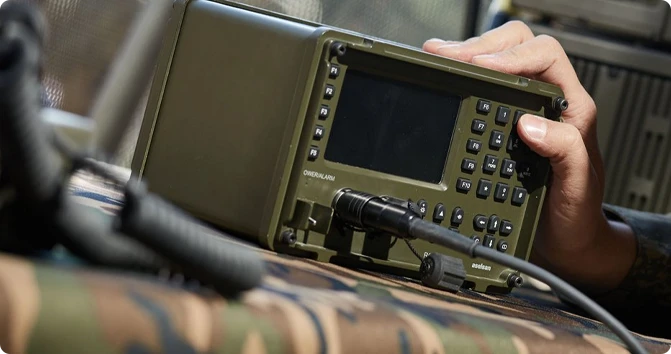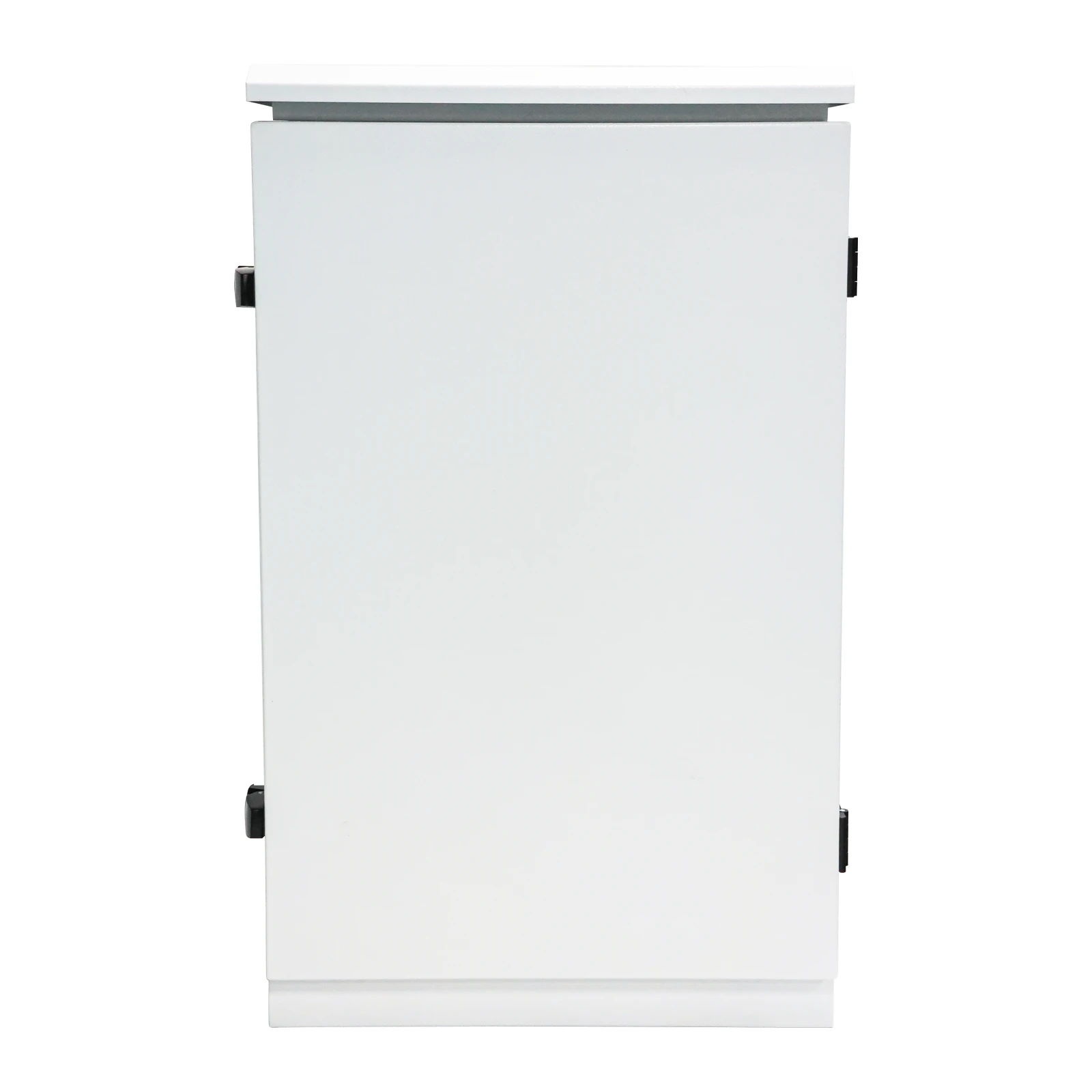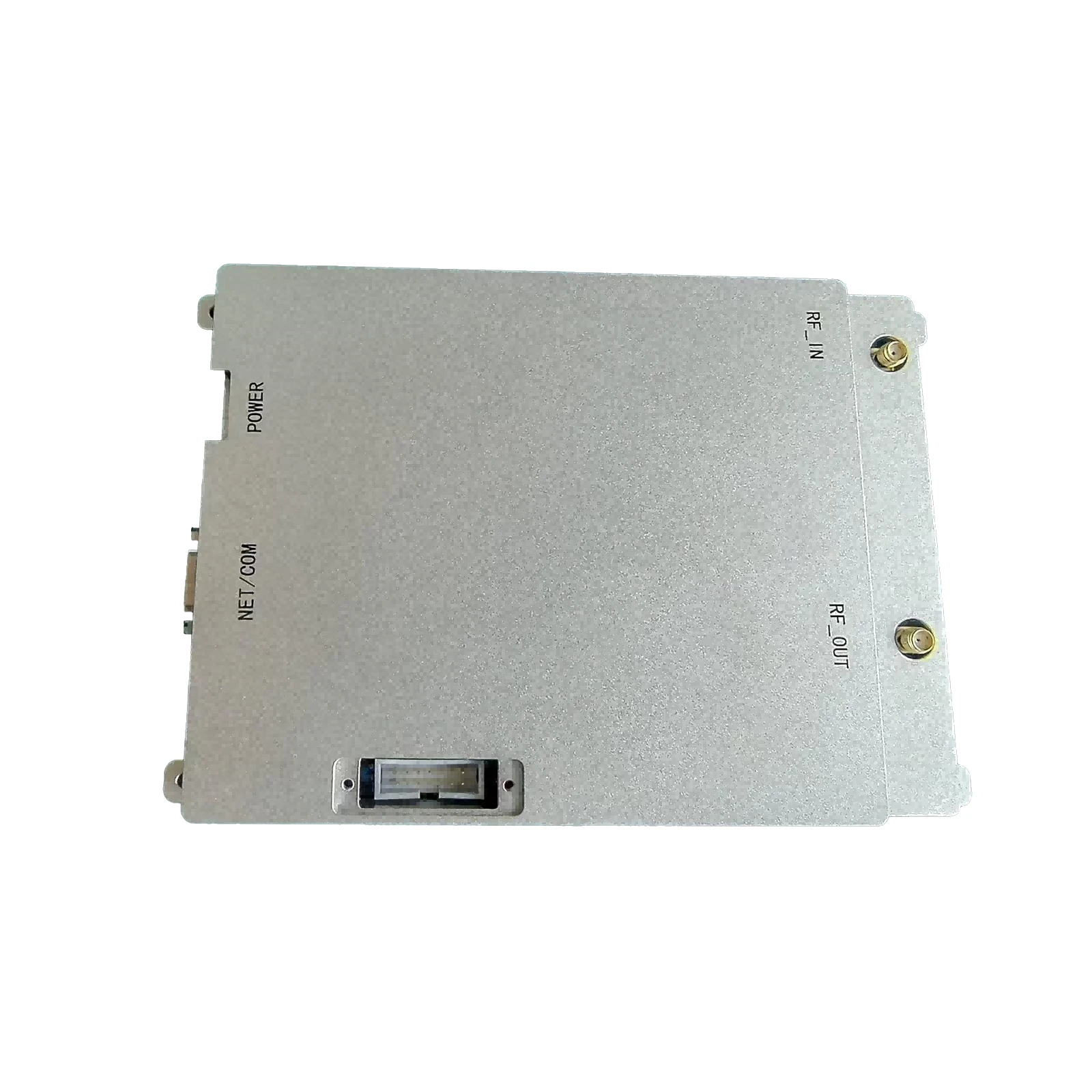Prison Shielding System for Smart, Compliant Signal Control
Prison Shielding System: field notes from the security perimeter
If you’ve worked a day in corrections, you already know: contraband phones are more than a nuisance—they’re a security leak. This solution, built in Longgang District, Shenzhen, is designed specifically for high-security environments like prisons and detention centers. And to be honest, it reads like something designed by people who’ve actually walked the yard with facility staff—sturdy chassis, managed coverage, and a UI you can actually use without a week of training.
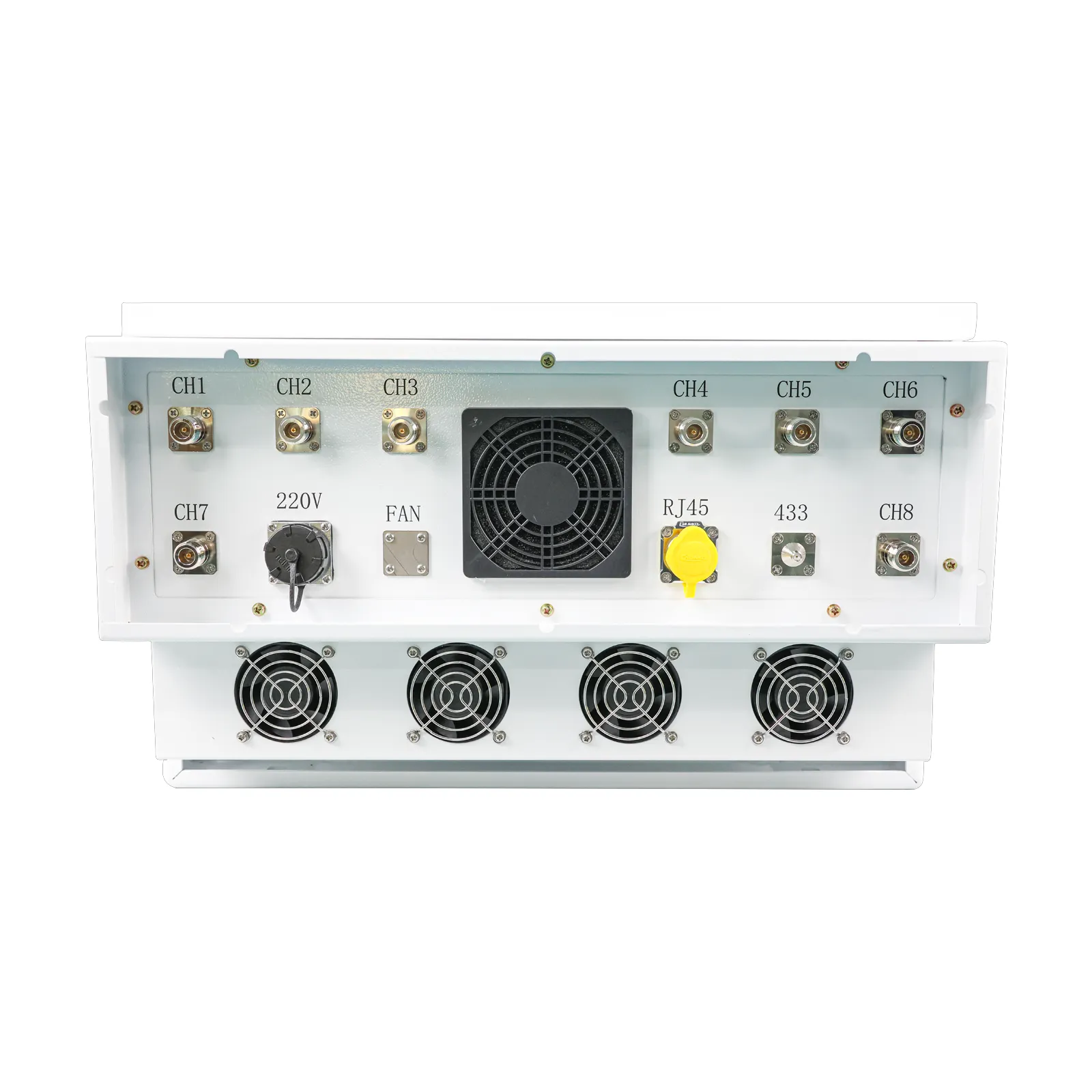
Industry trends (and why that matters)
Illegal phone use has shifted bands—4G/5G, VoWiFi, even opportunistic Wi‑Fi 6E. The market is moving toward managed access and sectorized suppression, not the old “blanket jam everything” approach. In fact, facilities now ask for remote telemetry, audit logs, and geo-fenced control so the neighborhood isn’t impacted. Surprisingly, many customers say they’d rather sacrifice raw range for sharper borders and compliance reporting.
Core specs at a glance
| Frequency coverage | LTE/5G NR (700–960, 1800–2170, 2300–2690, 3300–3800 MHz), 2.4/5.8 GHz Wi‑Fi; UAV C2 bands (≈1.5/2.4/5.8 GHz) depending on region |
| Per‑band output | ≈ 30–50 W per band (sectorized); EIRP tuned via attenuators |
| Coverage radius | ≈ 80–300 m per sector (real‑world use may vary) |
| Ingress/safety | IP65 enclosure; IEC 62368‑1; EN 62311 exposure assessment |
| Operating temp | ‑20°C to +55°C (fan‑assisted heat‑pipe design) |
| Power draw | ≈ 800–1500 W (full load, model dependent) |
| Service life / MTBF | 7–10 years / ≈ 50,000 h |
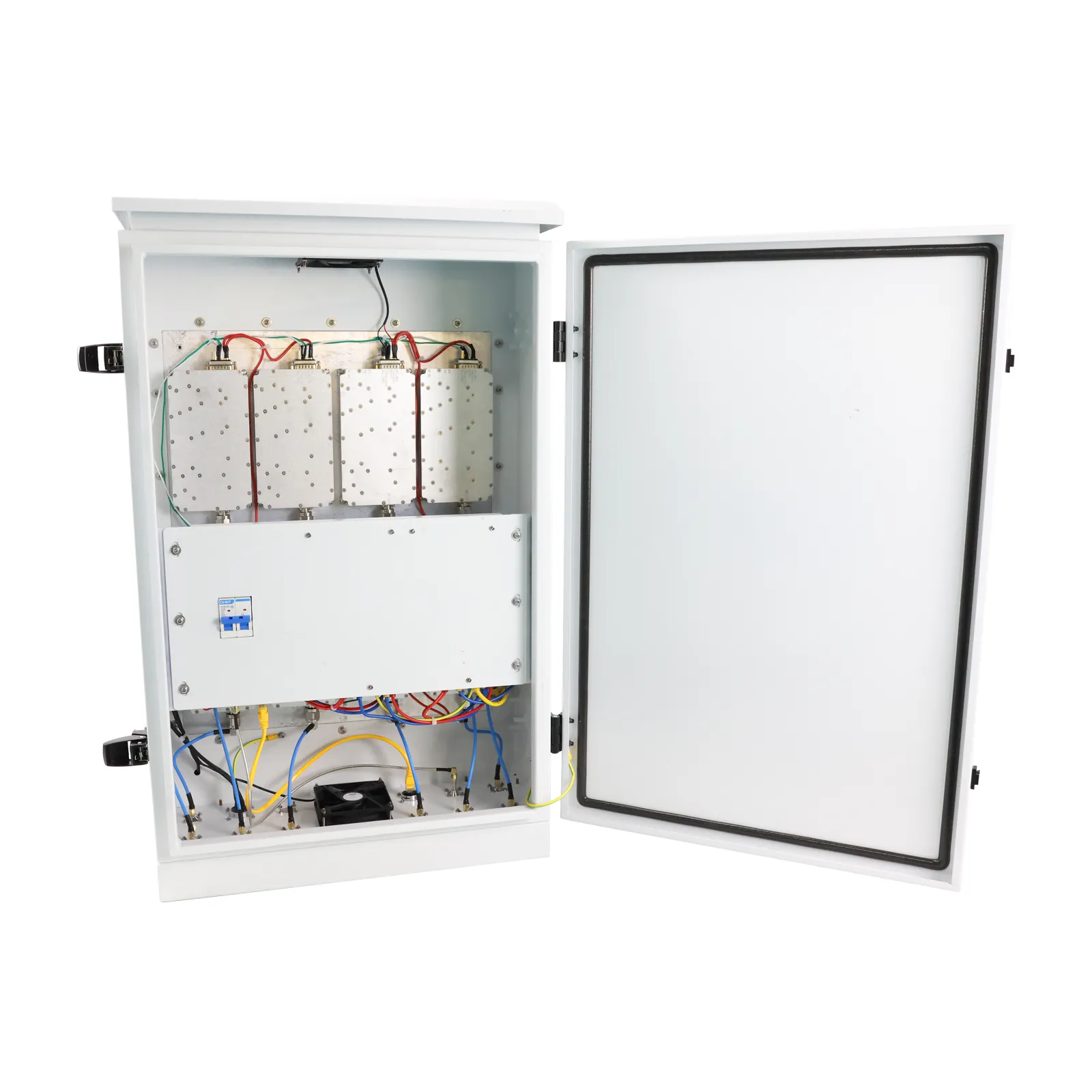
How it’s built and tested
Chassis: powder‑coated 6061 aluminum, conformal‑coated PCBs, high‑linearity RF power amplifiers, bandpass filters to keep shoulder emissions tidy. Methods: sector antennas for azimuth control, digital attenuation per band, SNMP/HTTPs management. Testing: EMI/EMC to ETSI EN 301 489; environmental to MIL‑STD‑810H (vibration/thermal cycling); IP per IEC 60529; electrical safety per IEC 62368‑1; exposure evaluation per EN 62311/ICNIRP. Typical in‑yard result (internal test yard, flat terrain): 45–60 dB downlink SIR suppression at 100 m, call setup failure > 95% on targeted bands while allowing whitelisted MAC/IMSI via managed access.
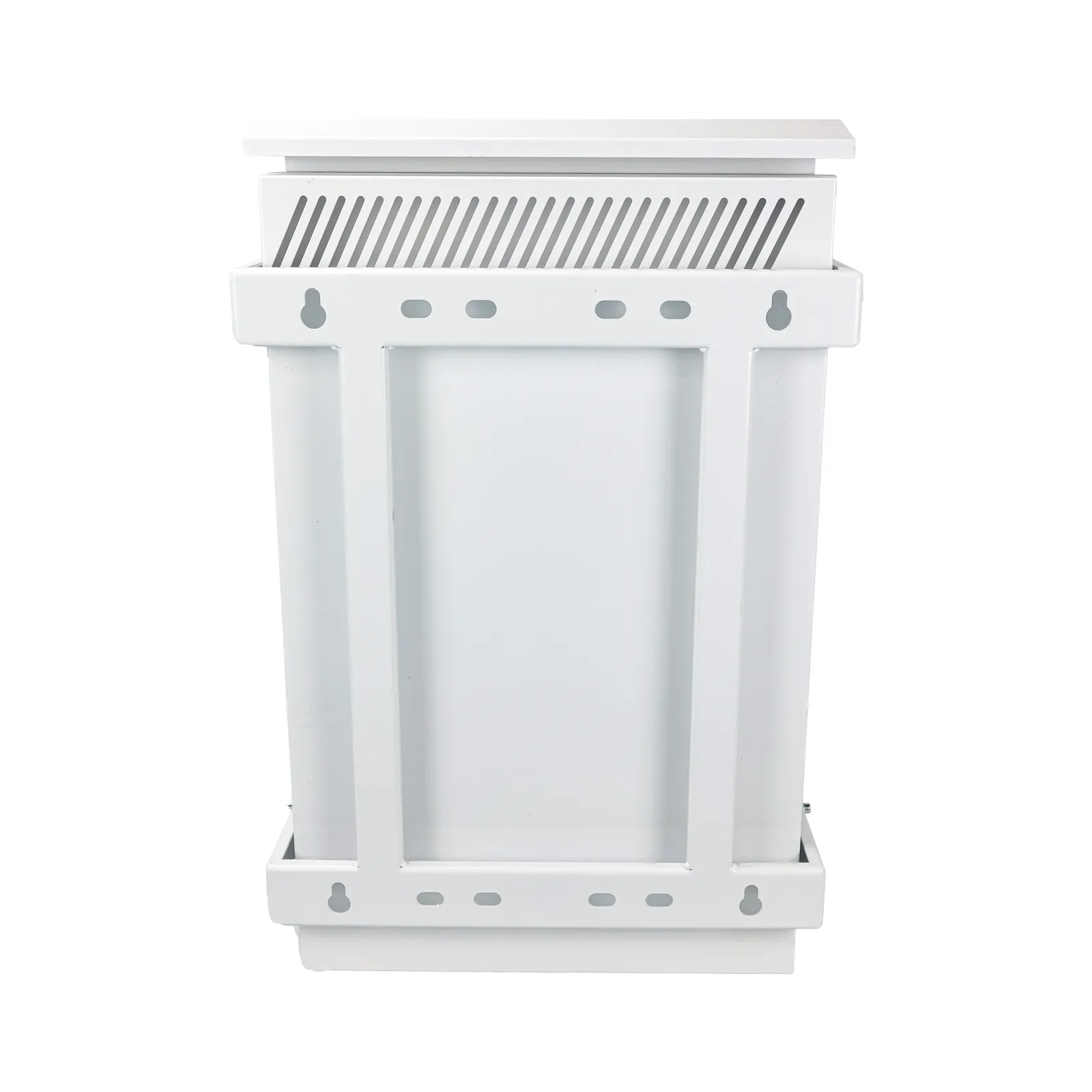
Where it’s used
- Cell blocks, perimeter towers, sally ports, temporary court holding areas
- Work farms and transport hubs (inside the fence)
- High‑risk wings that rotate inmates frequently (quick retune presets)
What makes the Prison Shielding System stand out
- Sectorized suppression to reduce off‑site spill
- Managed access options (IMSI/IMEI or MAC allow‑lists)
- Remote logs, SNMP traps, and per‑band health metrics
- Fast regional bandpacks for legal compliance (yes, laws differ—deploy under authority)
Vendor snapshot (my quick notes)
| Vendor | Bands | Coverage control | Power/sector | Certs (≈) | Lead time |
|---|---|---|---|---|---|
| Drone‑System (Prison Shielding System) | 2G–5G, Wi‑Fi, UAV | Sectorized + managed access | ≈ 30–50 W | ISO 9001, IEC/ETSI | 4–6 weeks |
| Vendor B | LTE/5G core | Omni blanket | ≈ 20–30 W | CE, basic EMC | 8–10 weeks |
| Vendor C | Wi‑Fi only | AP‑centric | ≈ 10–20 W | EN 62311 | 2–3 weeks |

Customization and deployment flow
Materials: 6061 alloy, RF absorbers, low‑PIM connectors. Methods: site RF survey, band mapping, sector design, acceptance test. Testing standards: ETSI EN 301 489, IEC 62368‑1, EN 62311, IEC 60529. Service life: 7–10 years with annual filter and fan checks. Industries served: corrections, detention, high‑risk courts. From Shenzhen to your gatehouse, the handover usually includes MOP, coverage heatmaps, and staff training.
Case notes (real sites, anonymized)
- SEA remand center: after installing the Prison Shielding System, weekly contraband call attempts dropped ≈ 92% (facility logs), with off‑site complaints near zero thanks to sector nulls.
- EU facility: managed access let admin phones work while blocking inmate devices; audit logs helped convict a smuggling network—unexpected bonus, they told me.
User feedback? “Set‑and‑forget” is the phrase I kept hearing, though, I guess, every site is different and terrain always has the last word.

Note: Deployment must comply with local regulations; use only under competent authority authorization.
Authoritative references
- ETSI EN 301 489 (EMC for radio equipment)
- ICNIRP Guidelines for limiting exposure to electromagnetic fields
- IEC 62368‑1 Audio/video, information and communication technology equipment – Safety
- MIL‑STD‑810H Environmental Engineering Considerations and Laboratory Tests
- ISO 9001:2015 Quality management systems
-
09 March 2021 24 Nov 2025
-
09 March 2021 24 Nov 2025
-
09 March 2021 24 Nov 2025
-
09 March 2021 23 Nov 2025
-
09 March 2021 23 Nov 2025
-
09 March 2021 21 May 2025
-
09 March 2021 25 Dec 2024
-
09 March 2021 14 Oct 2022
-
09 March 2021 25 Dec 2024






